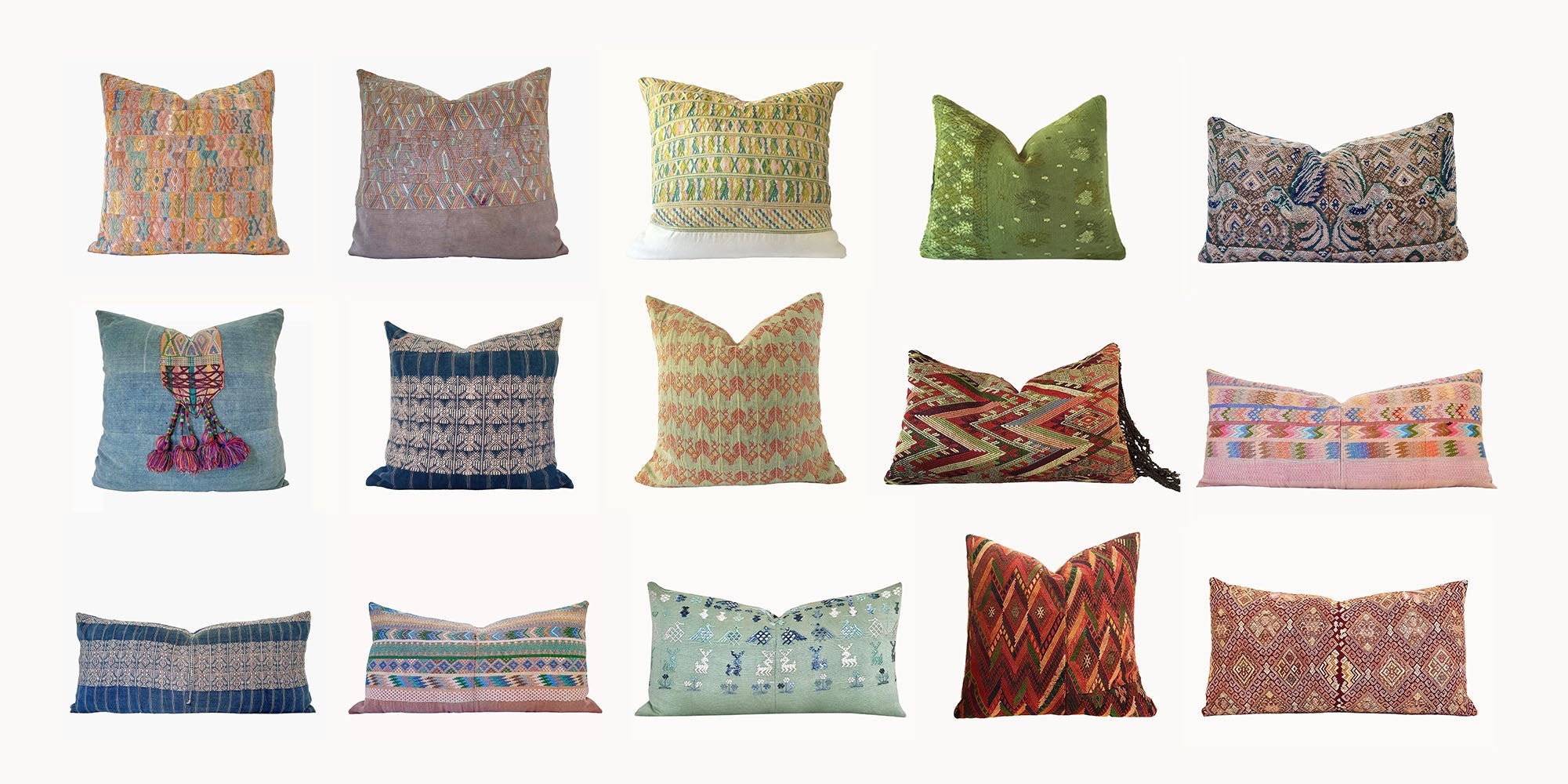
Guatemalan Huipil Textiles - The Best Designs and Colours for Interior Decor
Guatemalan huipil textiles are gloriously famous for total and complete saturation of colour. A dream come true for the Tony Duquette fans and hardcore bohemians, but how do the rest of us incorporate an exotic Mayan textile into our more subdued home decor (and wardrobes) without completely overwhelming the space?
This blog is a comprehensive guide into how I go about selecting colour palettes within the Guatemalan textile range that attract so many interior designers and home decorators. First let me explain why the vintage textiles I choose are vastly different to other businesses selling Guatemalan bags and purses.
Pillows exist to either compliment or contrast with numerous design elements in a room. When a designer is putting a room together they are looking for at least 3 elements to play off each other via pattern, scale, colour and texture. 80% contrast with 20% complement is a good rule of thumb. Vintage pillows are chosen to add that extra personality, the eclectic and lived-in feeling so everything doesn’t just feel brand new. They add soul to a room.
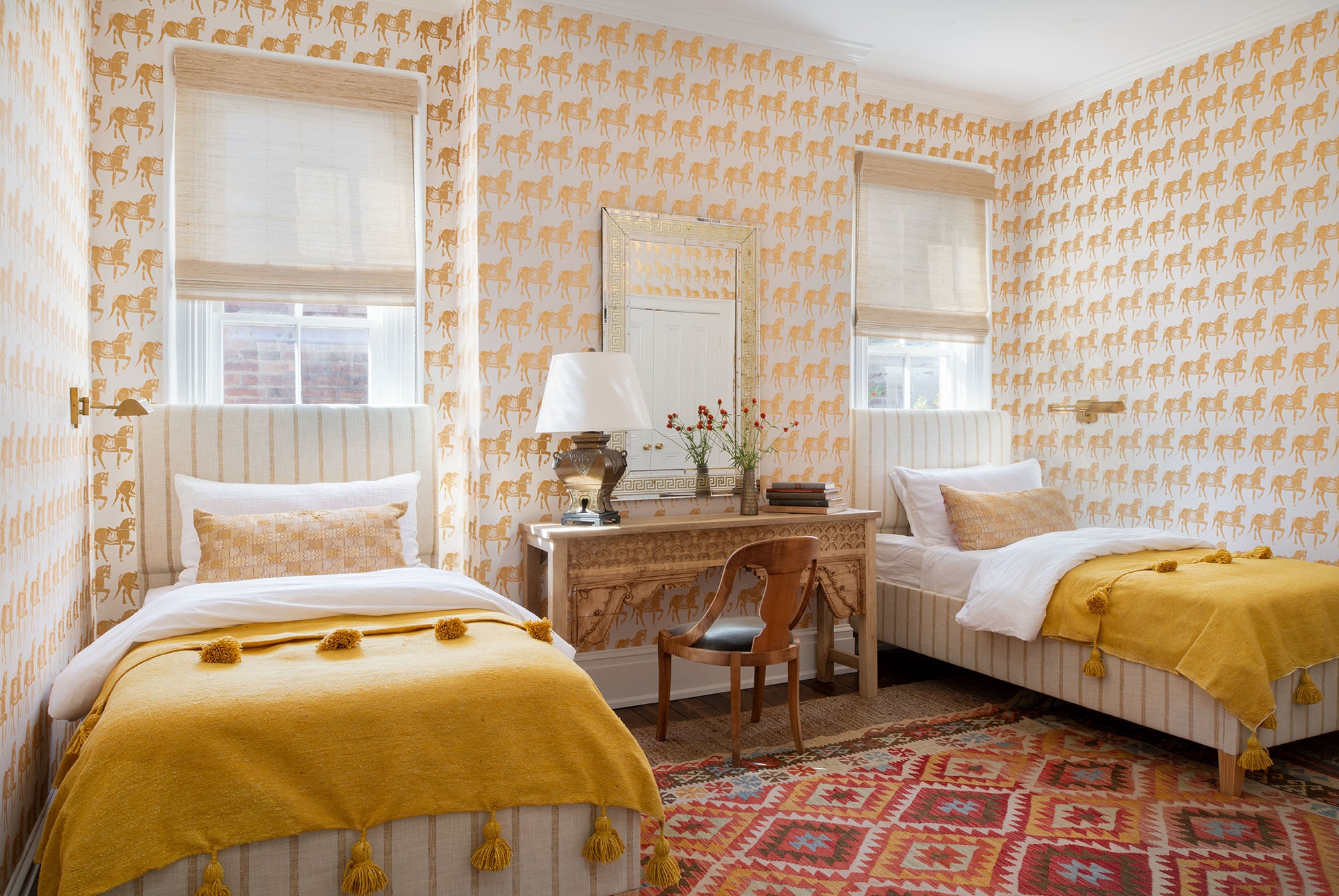
Liz Mearns Design
The above guidelines don't have to apply to colourful tribal handbags or purses as they can be standalone statement pieces, a pop of colour against a neutral outfit. The bag doesn’t need to blend with anything, because it’s been chosen specifically to be a focal point in the outfit.
And that’s why you will see Guatemalan handbags with a dizzying array of every colour imaginable in the one textile, often with no rhyme or reason. Rather like a psychedelic disco. And that's what we love so much about authentic Mayan textiles.
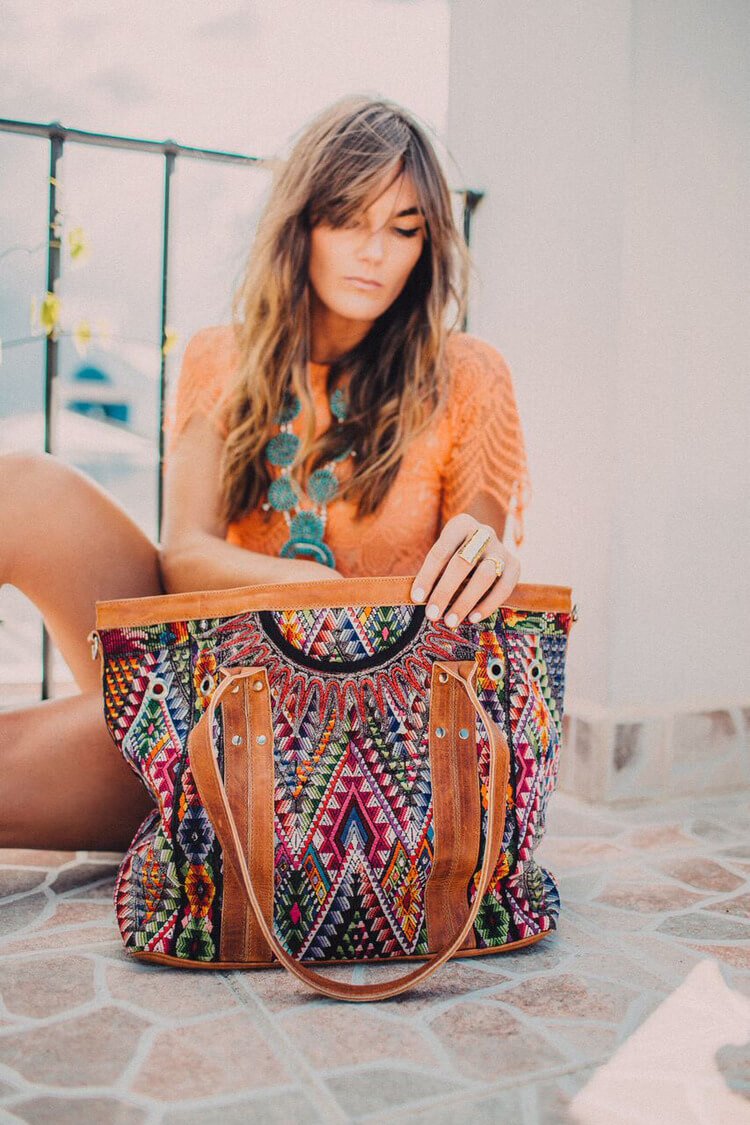
Nene & Co
You will rarely see that type of colourful textile in my pillow shop, for the interior design reasons stated above. Don’t get me wrong, my pillows are extremely colourful, just not in the typical Guatemalan style that is mostly exported to the United States.
So how do I go about selecting colour palettes that give a bold statement without completely distracting or clashing with the entire room?
I’m going to show you how by selecting an array of Guatemalan textile photos below and explaining why some make the decor grade and others don’t.
COBAN HUIPILES
Coban textiles are easily my best seller. The design is a mix of playful and tribal and appeals to a wide audience. I truly adore the little deers in a row on this design. Many also have little people in a row, sometimes farmers standing beside their corn. Coban huipiles are hard to source. Your best chance of finding some is at the Antigua Artisanal Markets.
Below is a selection of green Coban textiles that are in my shop. I have laid out three styles of palettes that I will generally choose from. The first row shows only the smallest variation in hue. The second two rows show slightly more contrast but still within the range. And the third row shows a much more colourful style. The first and second row are very ‘safe’ palettes, making them an easy choice for the person decorating their space. The only requirement being whether they like the particular shade of green. The last row has a much more typical Guatemalan feel to it with the multi colours, however you’ll note that the different colours are all within the same tone as the original hue of green. None of the colours stand out in any kind of discordance.
The reason I’m so careful not to choose too many colors in most of my Coban textile selections is because the pattern is quite large, hence the variety of colours really stands out compared to say a San Juan Cotzal textile (discussed next) where the design is much smaller so the colours can blend much more easily.

Below are six example Coban textiles I found on google, they are all multi coloured, however I would only choose one from the six. Can you pick which one?

If your answer was the bottom left red huipil you’ve be correct. To my eye the other five strike a discordant note. It seems to me the colours were chosen at random without due care to blending with each other. I think these colour palettes would be hard to place in a decor setting and not create dissonance. Of course everything is personal taste.
There is one exception I make to my multi-coloured Coban pillow rules, and that is when the background is white - see below 6 cushions. This particular colour palette is really hard to find and sells out fast. The white background gives a softness to the bright colours and most are tinted to a pastel anyway.
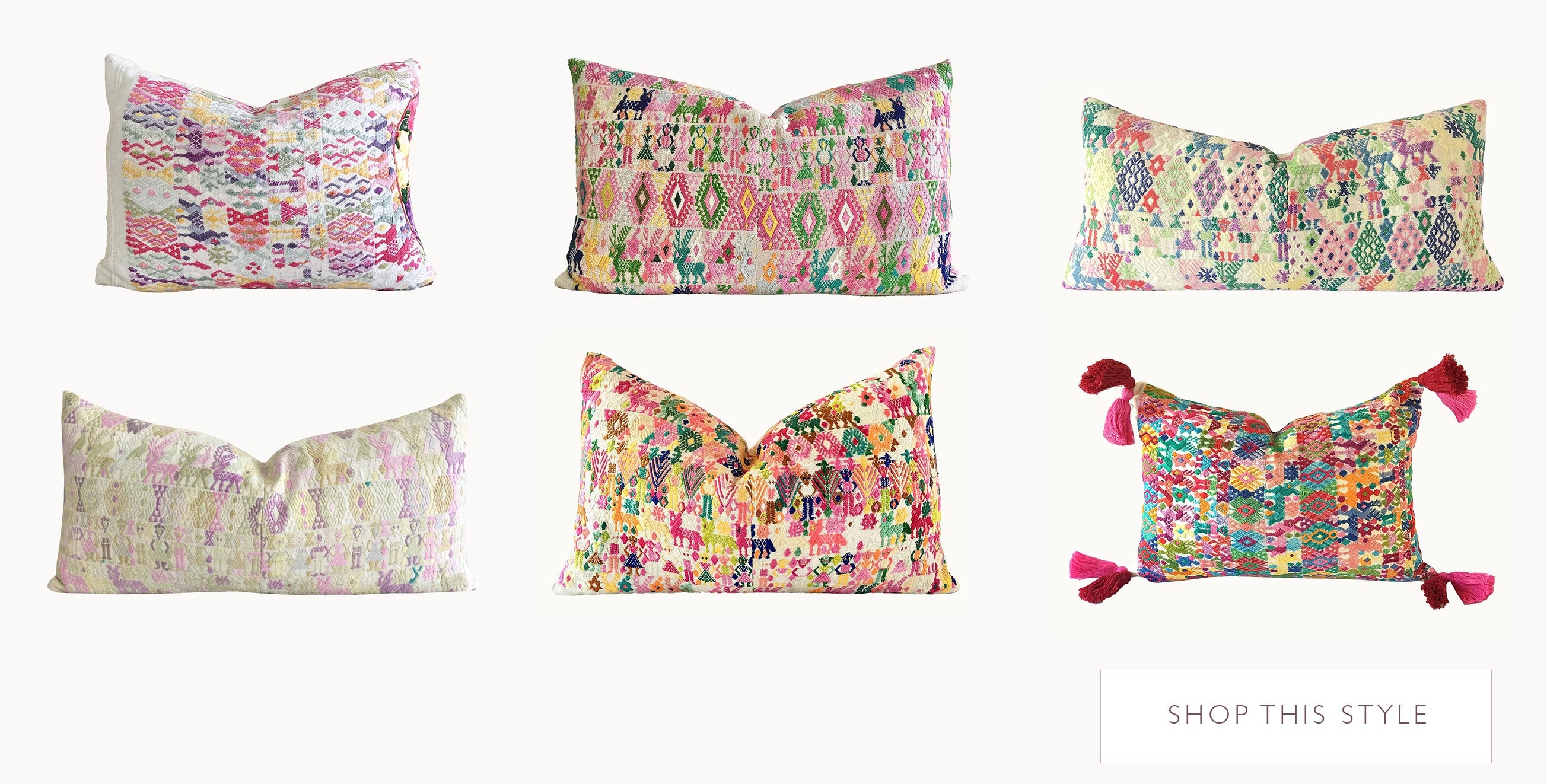
Sometimes huipiles are so incredible just as they are and it would break my heart to cut them up. These below Coban huipiles were impossible to cut up, even though the pillows would have been outstanding, so I added them to my online shop to sell as bohemian ponchos.
I always offer the opportunity to buy any huipil I source before I cut it up. I always add them to my Instagram Stories for my followers to buy directly from the vendor intact and then if they don't sell I cut them up into pillows. I also sell huipiles 'on spec' for the Mayan vendors, helping them by making their huipiles available online with worldwide shipping.
SAN JUAN COTZAL HUIPILES
These designs have a light heartedness to their refinement. They are tribal, but in a more subtle way than the Coban designs. The pattern overall is much smaller than many other Guatemalan designs, giving them a delightful finesse.
Currently these huipiles are prolific in Chichicastenengo and out of all the Guatemalan designs I like, San Juan Cotzal easily has the best colour palettes overall.
You will note that the palette on many of the pillows below is multi-coloured. But nothing jars the eyes, and the trick to sourcing these is not only the harmonious blending of colours in the embroidery but the complementary solid colour. All the pillows in my collection that don’t show the block colour are because the cotton was black, white or extremely damaged. Many of my choices are very old, so the colours have faded and blurred, but I love the softness of the antique look.

San Juan Cotzal huipiles also make fabulous bohemian ponchos, the perfect heavy cotton for a spring evening.
I don't have many in my online store as I offer them for sale directly from the Mayan Vendors on my Instagram page and organise worldwide shipping. This saves considerable costs in shipping, modelling, warehousing etc - so the huipiles are much more affordable for you.
If you have a preference for a San Juan Cotzal huipil in a particular colour just message me on Instagram and I will ask my vendors to send photos on market day.
As you can see in the below selection of huipiles I found on google, pretty much all San Juan Cotzal colour palettes are lovely. The two bottom ones on the left side I would not personally choose but that is entirely personal preference, in general with San Juan Cotzal you can guarantee that about 80% are going to have fabulous colour schemes.
SANTA MARIA DE JESUS HUIPILES
This design is much more classic and contemporary. The geometric patterns will easily fit into a more modern home while the hand embroidered texture and story behind the textile still give it a bohemian vibe, albeit watered down for the boho chic rather than full blown bohemian.
The colours are bright but the palettes are simple and harmonious. My opinion is these are one of the more elegant of Guatemalan textiles. Again I find this textile design very hard to source. I have one vendor who lives near Santa Maria de Jesus and she saves any she comes across for me. However they are most likely to be found in the Antiqua Artisanal Markets as Santa Maria de Jesus is very close to Antigua (see map below).

Unfortunately most Santa Maria de Jesus colour palettes are a mix of extremely bright, mostly primary colours. Only the very bold are going to be willing to have a pillow in the below colours in their house. The two huipiles on the right I would consider buying, especially the top right with its lovely contrasting turquoise and pinky reds.
PATZUN HUIPILES
This region produces a prolific amount of huipiles and are known for their gorgeous, thickly embroidered floral necklines over widely stripped cotton. The majority have a burgundy base colour. Most of the floral designs are multi-coloured.

I had only ever seen the Patzun design made into large floral pillows with the neck hole filled in, usually by the shoulder fabric which often has an extra decorative flower. Personally I don’t like this style pillow with the original neck hole so prominent, however I know there are people out there that love them.

Florals are a popular choice in decor so I needed to come up with a design that would incorporate the gorgeous flowers without overwhelming the entire pillow.
In this instance instead of a huge floor pillow covered in flowers, I decided a more subtle look would be to accentuate the stripes with a hint of floral in one corner. To me the end result has an old-world European appeal. It's a pillow that will fit into many decor themes without overwhelming the space.
Note below the middle and right huipiles are not floral but have the Mayan zodiac symbols around the neckline - for those who really love the mythical aspect of Mayan clothing. A cotton/rayon mix is used a lot for these huipiles and give the tops a lovely soft and flowing look, they are comfortable and a very easy, if rather bold wear.
Again you’ll see in my choices that the colour palette is very subdued compared to typical Guatemalan textiles. This doesn’t take away from the authenticity of the textile, it just makes it more palatable to the western eye.

Below are some other examples of Patzun textiles. The top right huipil is the Mayan zodiac design, I would not choose these designs for a corner accent on a pillow, plus the colours in both the top right huipiles are very primary and a little too bright for most decor settings.
And while I would say you can’t really go wrong with a Patzun floral design, not all flower designs are equal, and the bottom three examples show very different qualities of floral embroidery.

Lastly I've included a map of Guatemala showing the 4 regions discussed in this blog. When you think of the size of them and how many other regions there are, it starts to give you an idea of the impressive variety of textile designs that Guatemala has to offer.

This is the end of Part 1 of my series on Guatemala Textiles - The Best Designs and Colours for Interior Decor.
If you have any questions or comments I'd love to hear from you. Contact me here or message me on my Instagram page.
Willow xxx

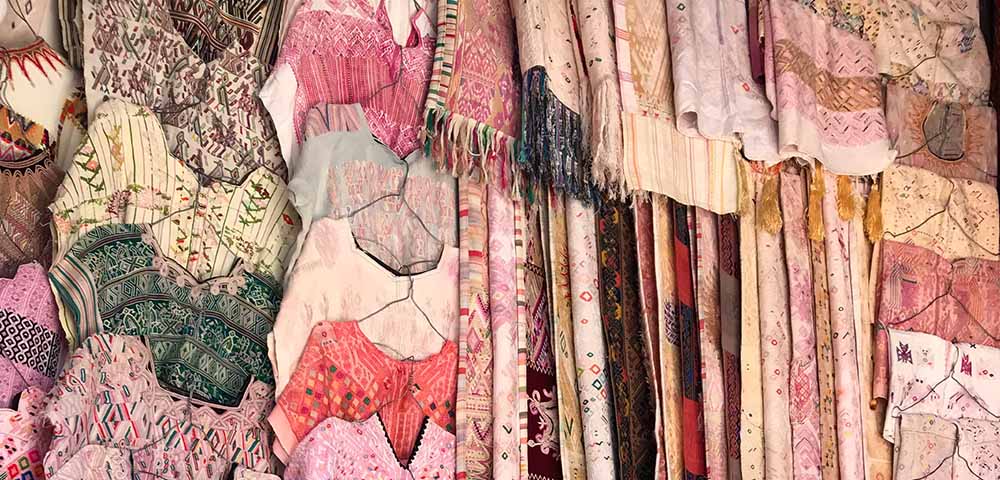
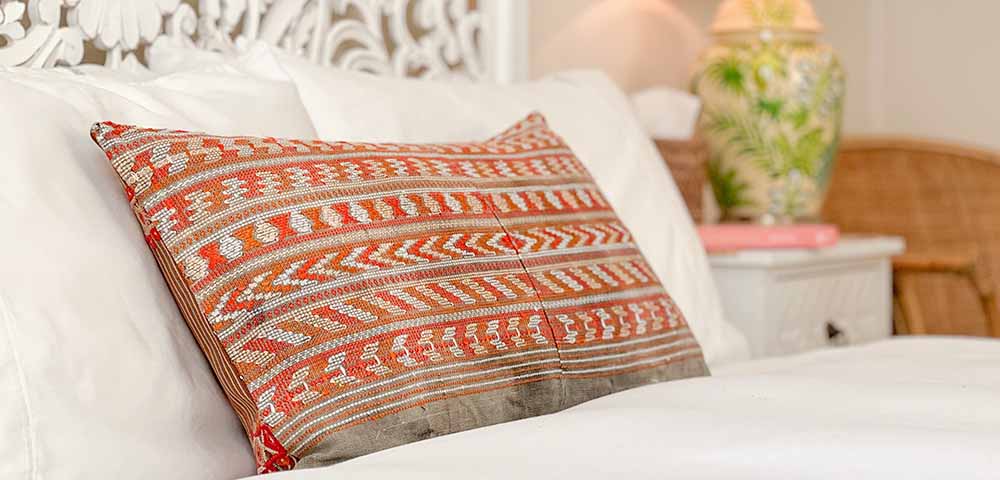







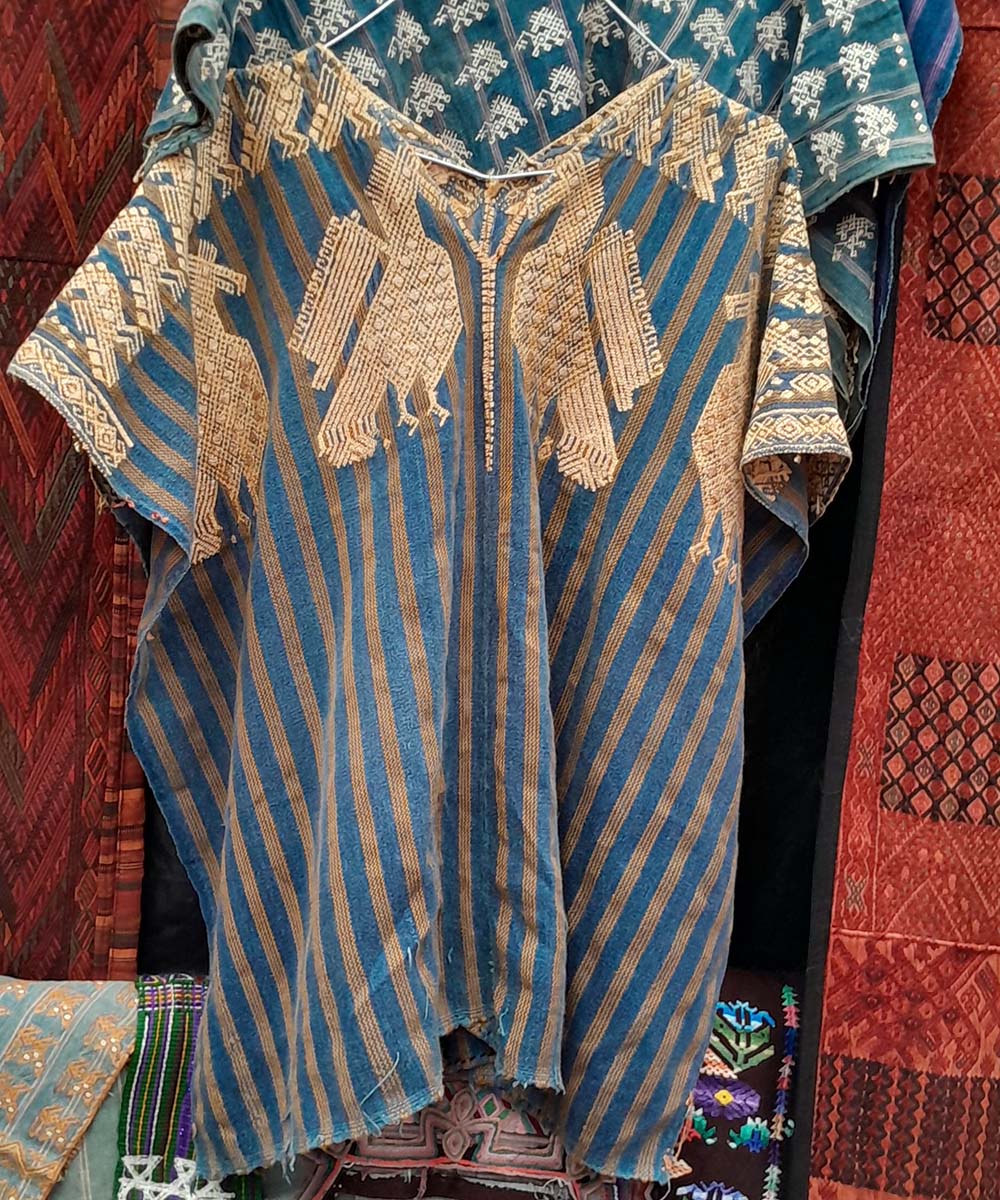
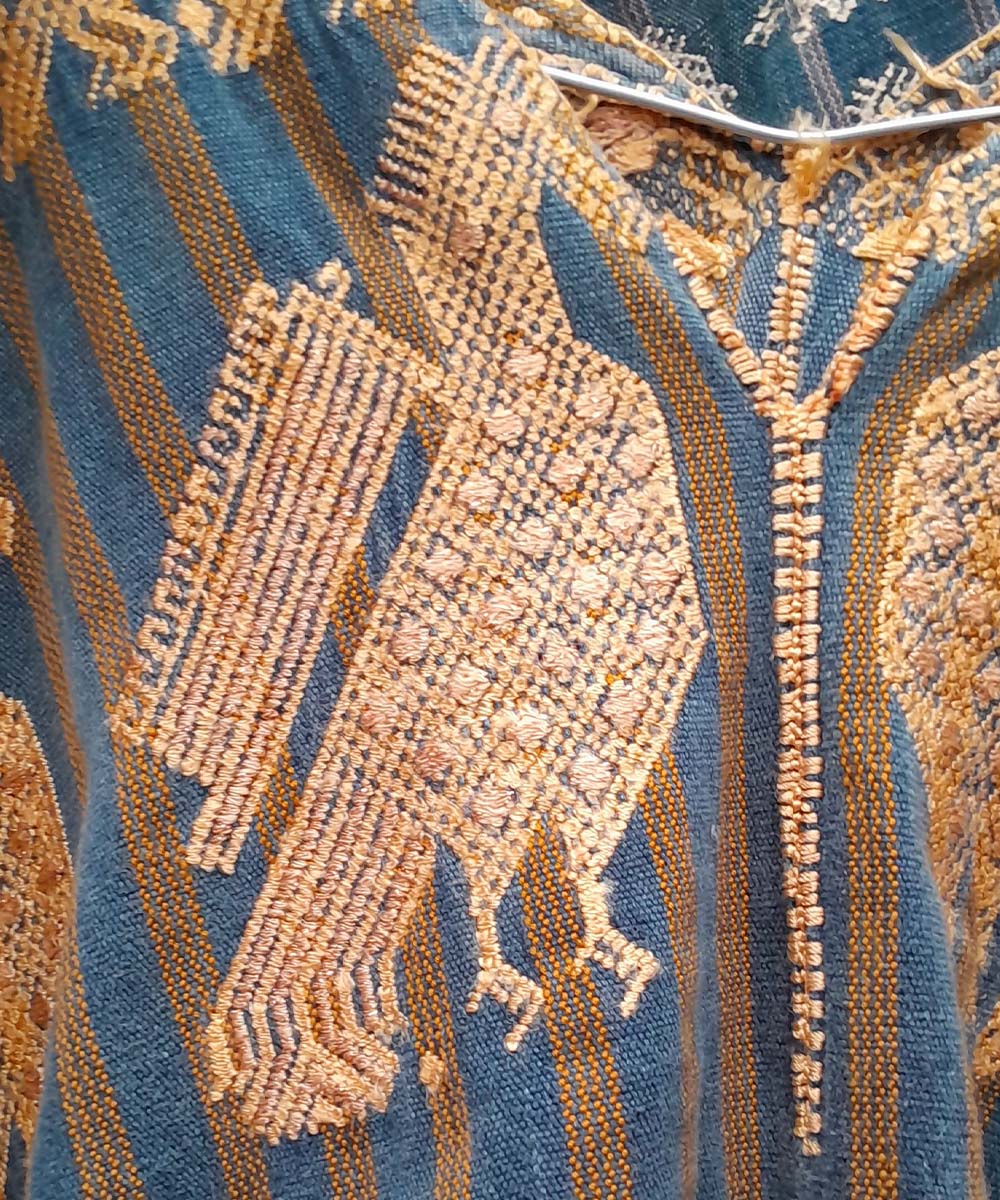
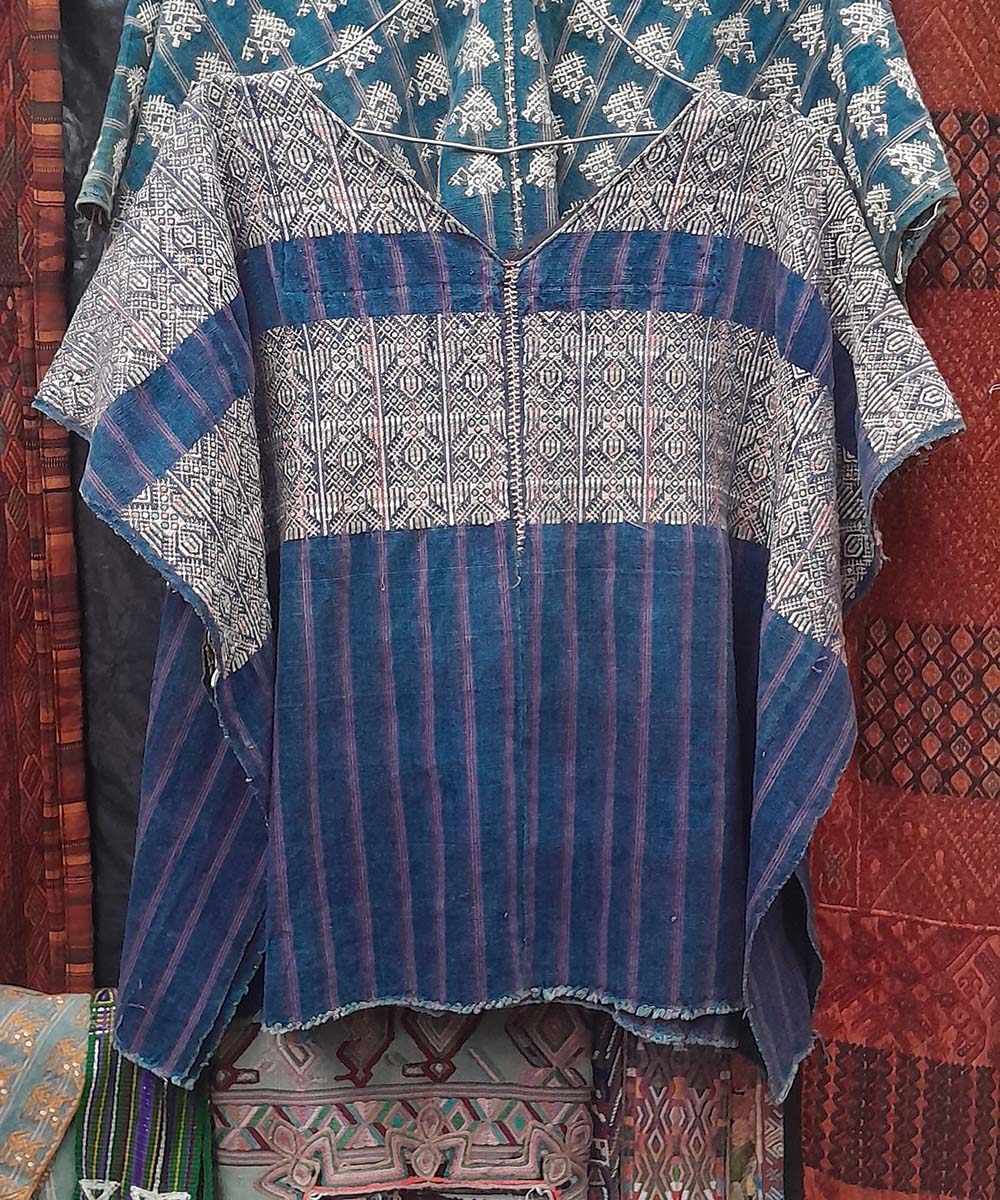
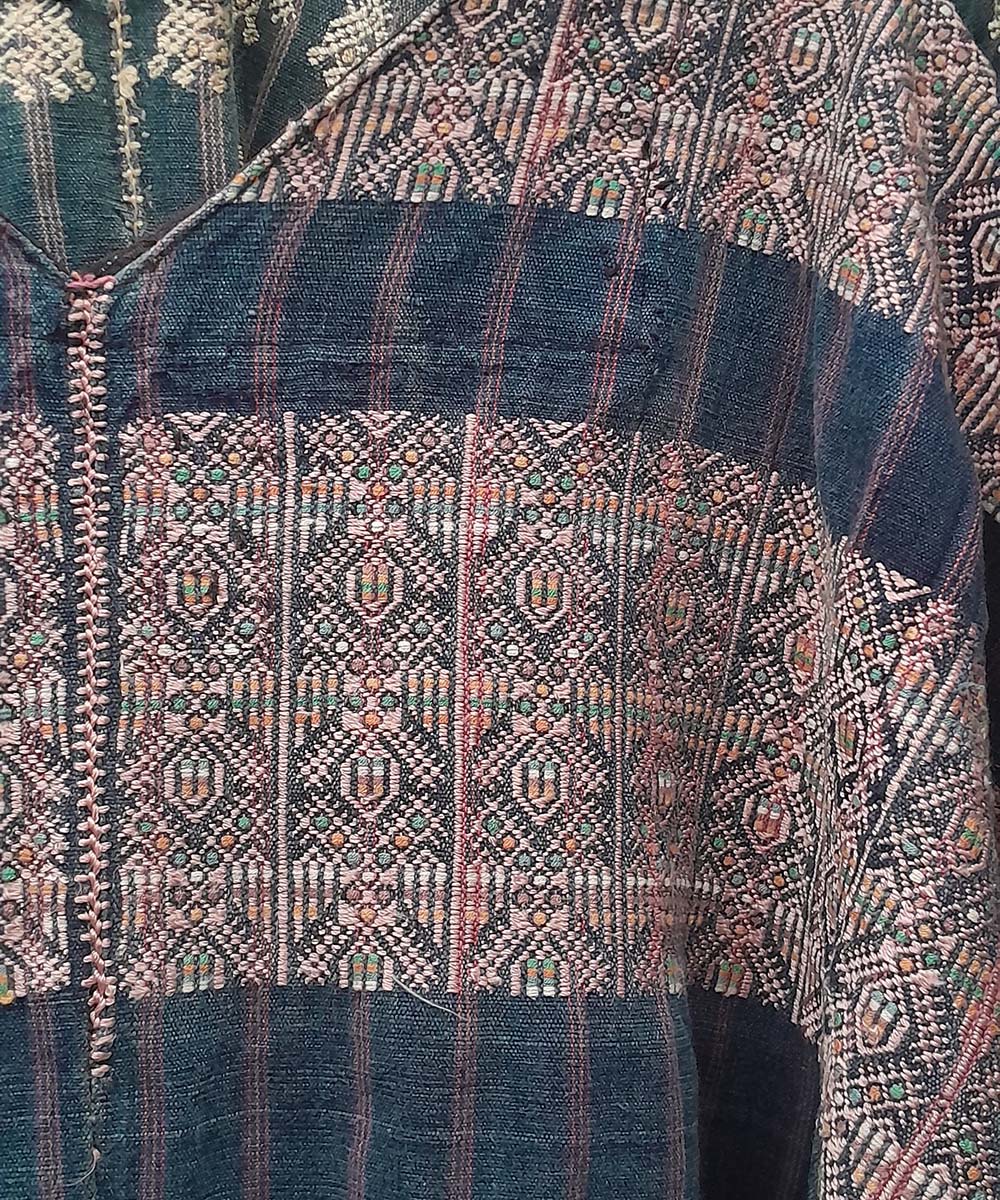
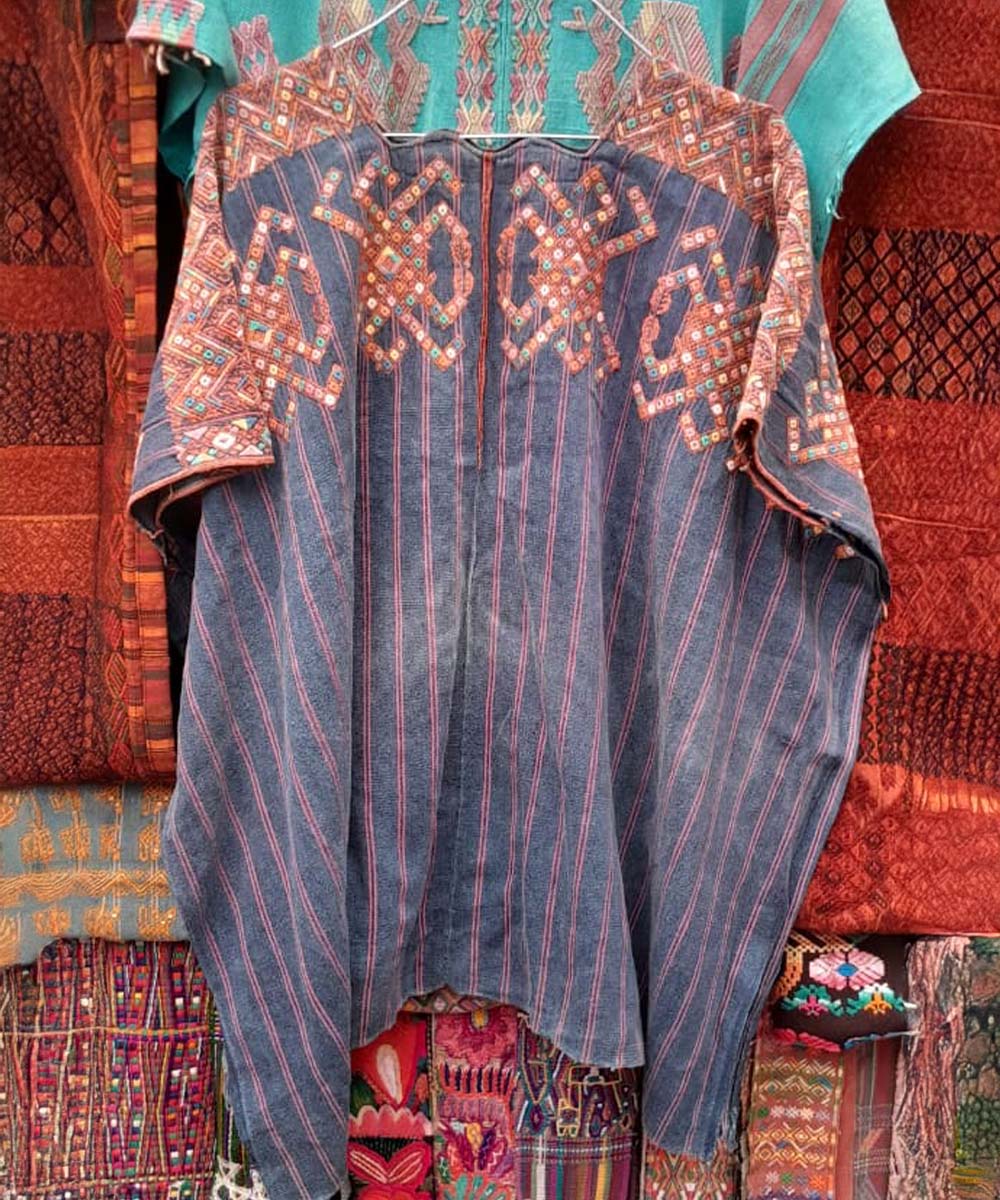
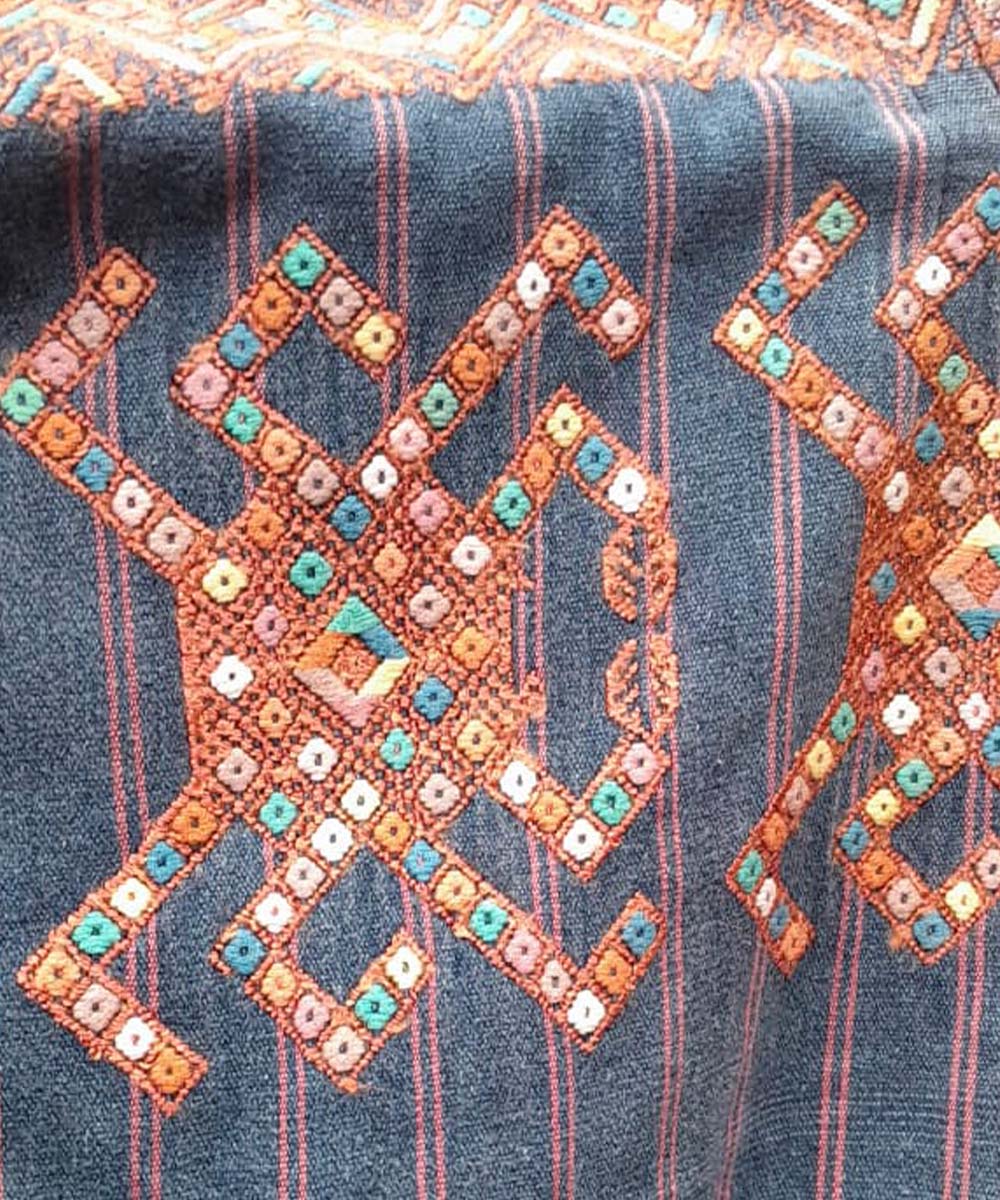
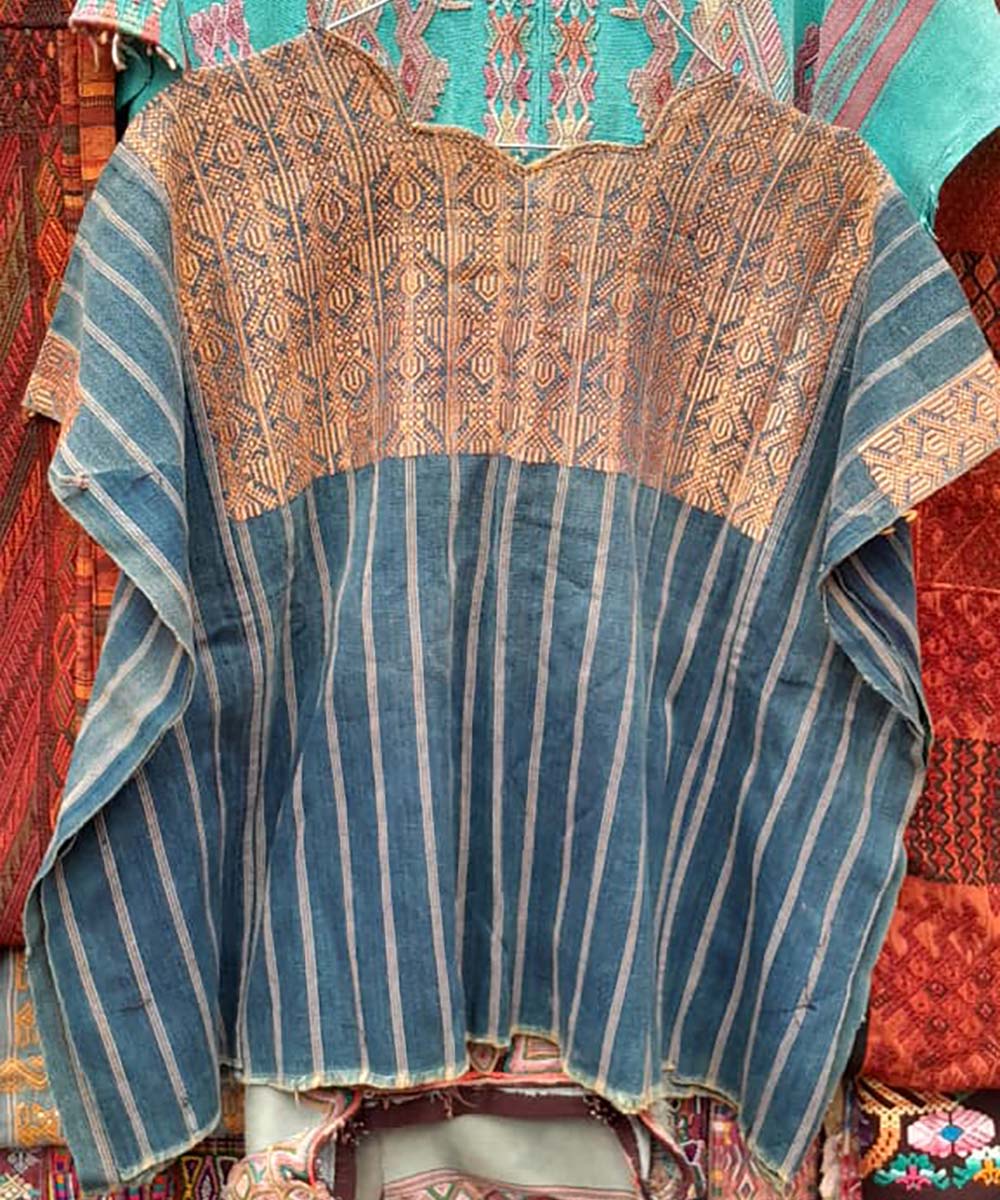
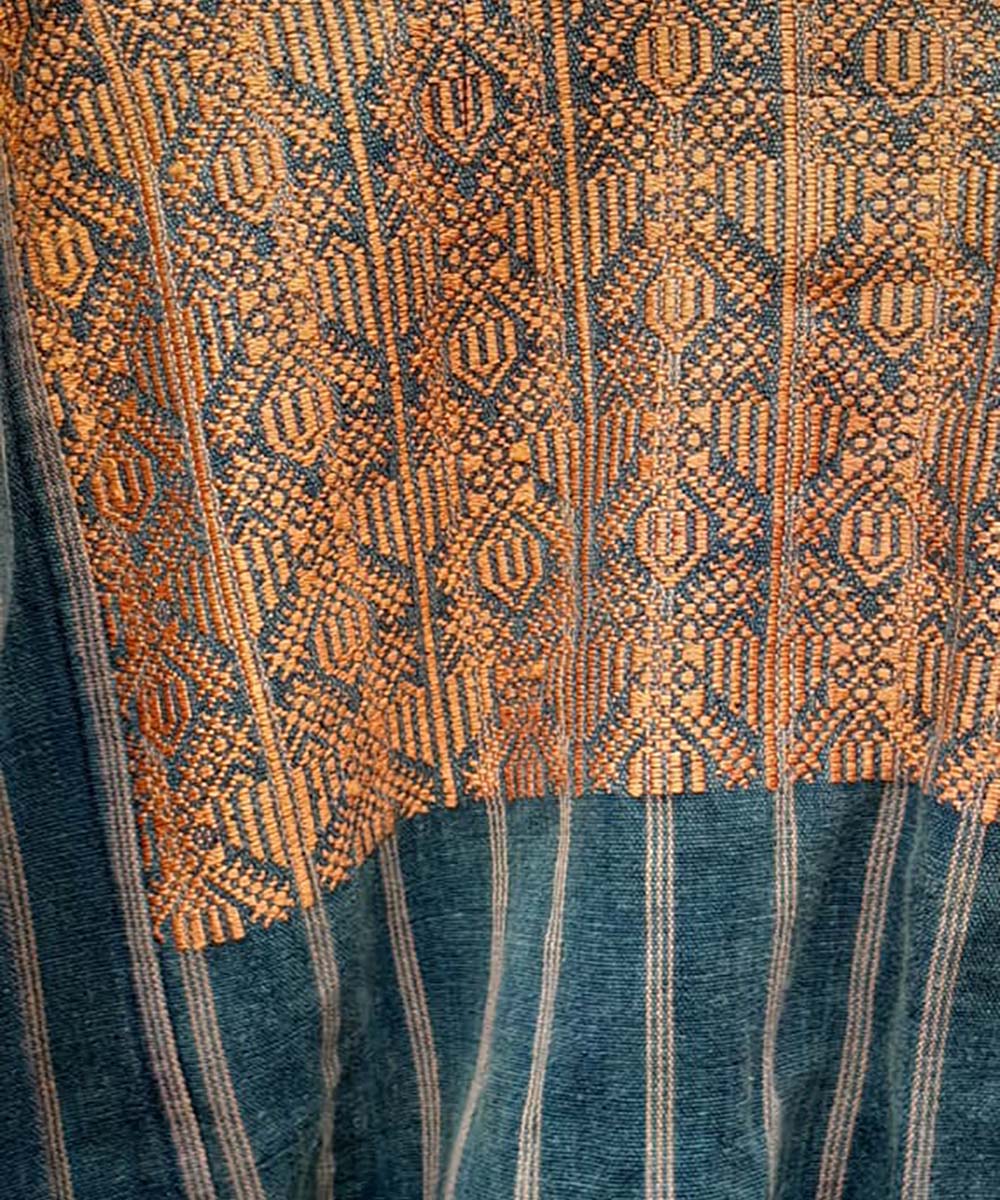
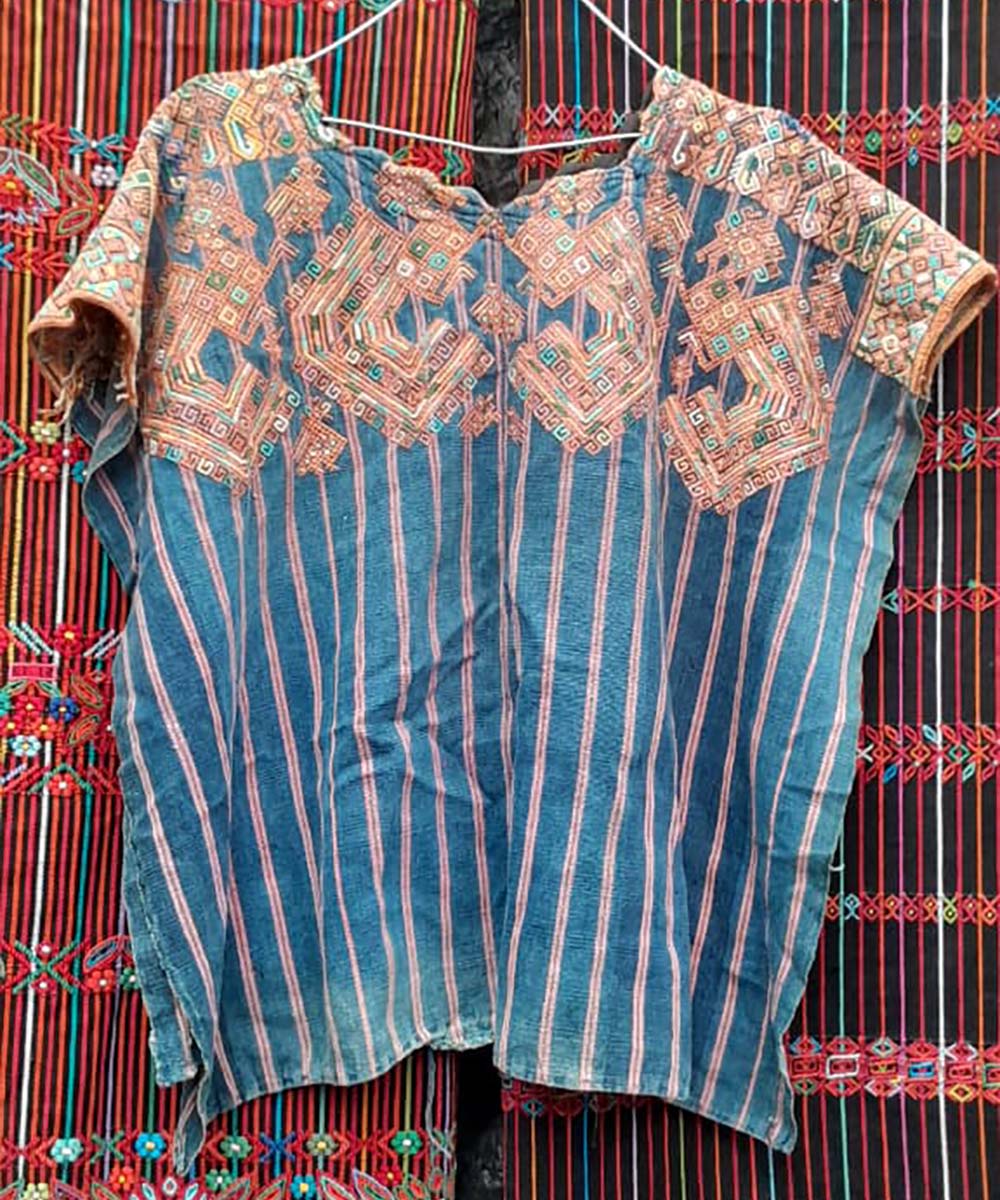
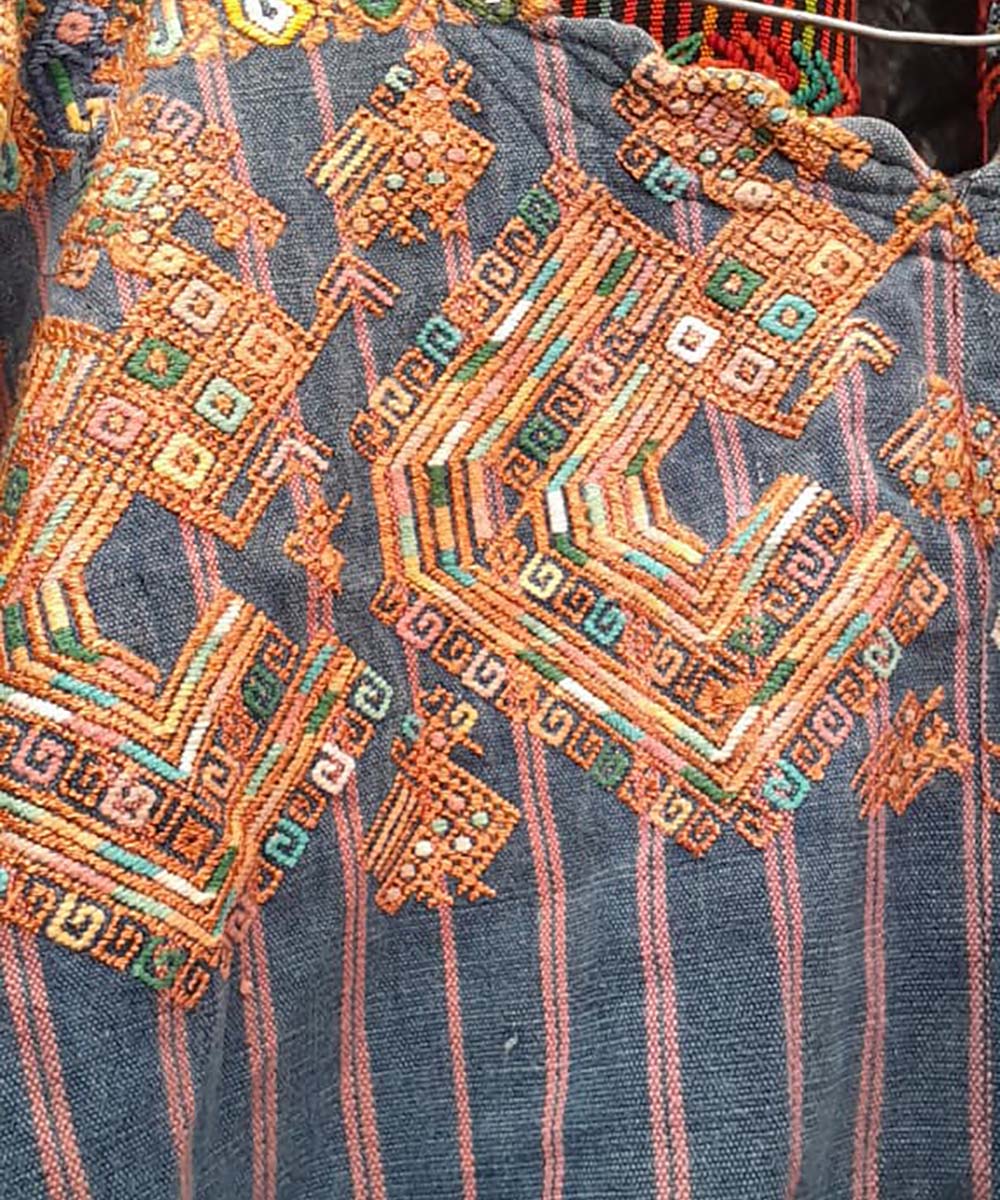
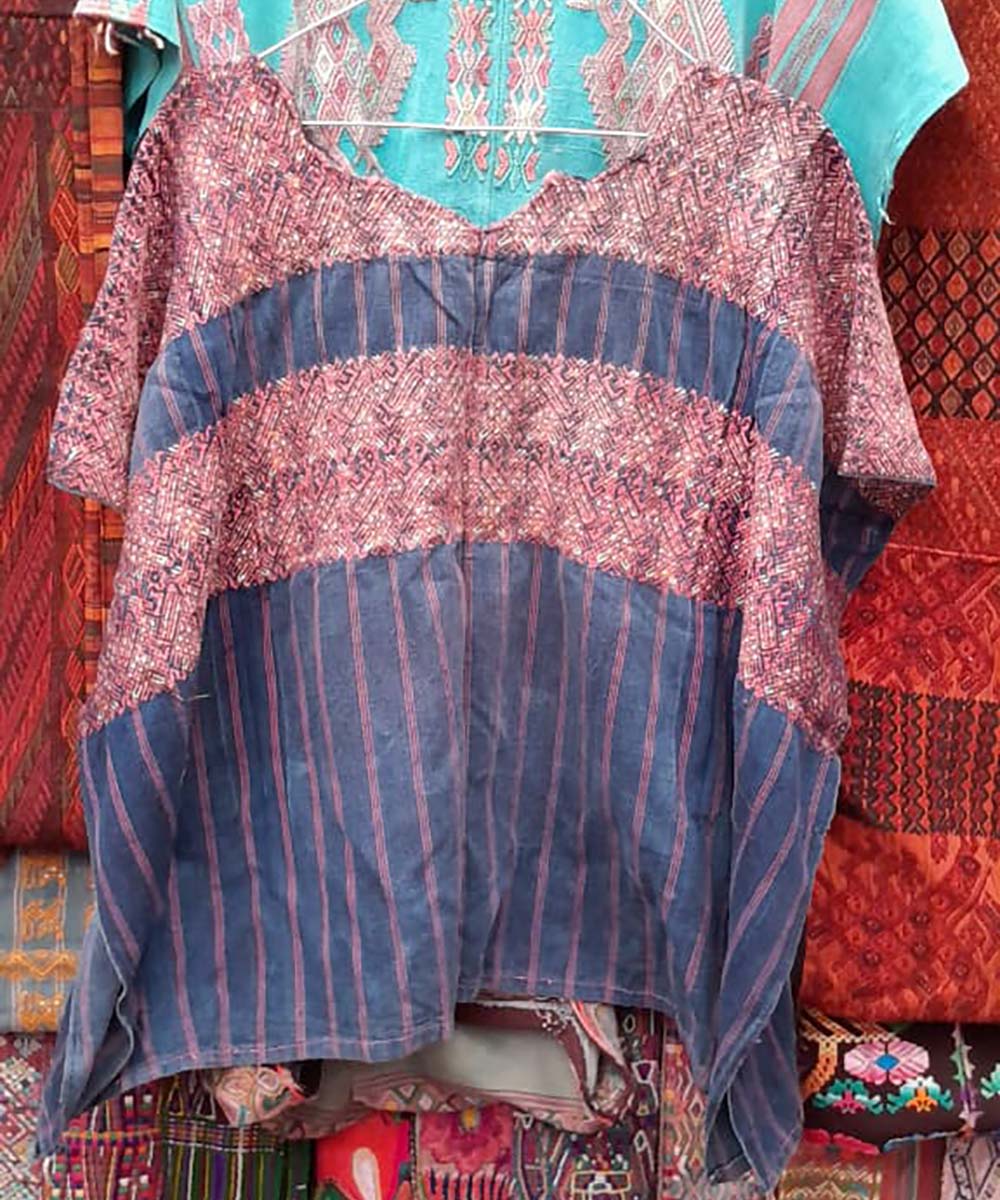
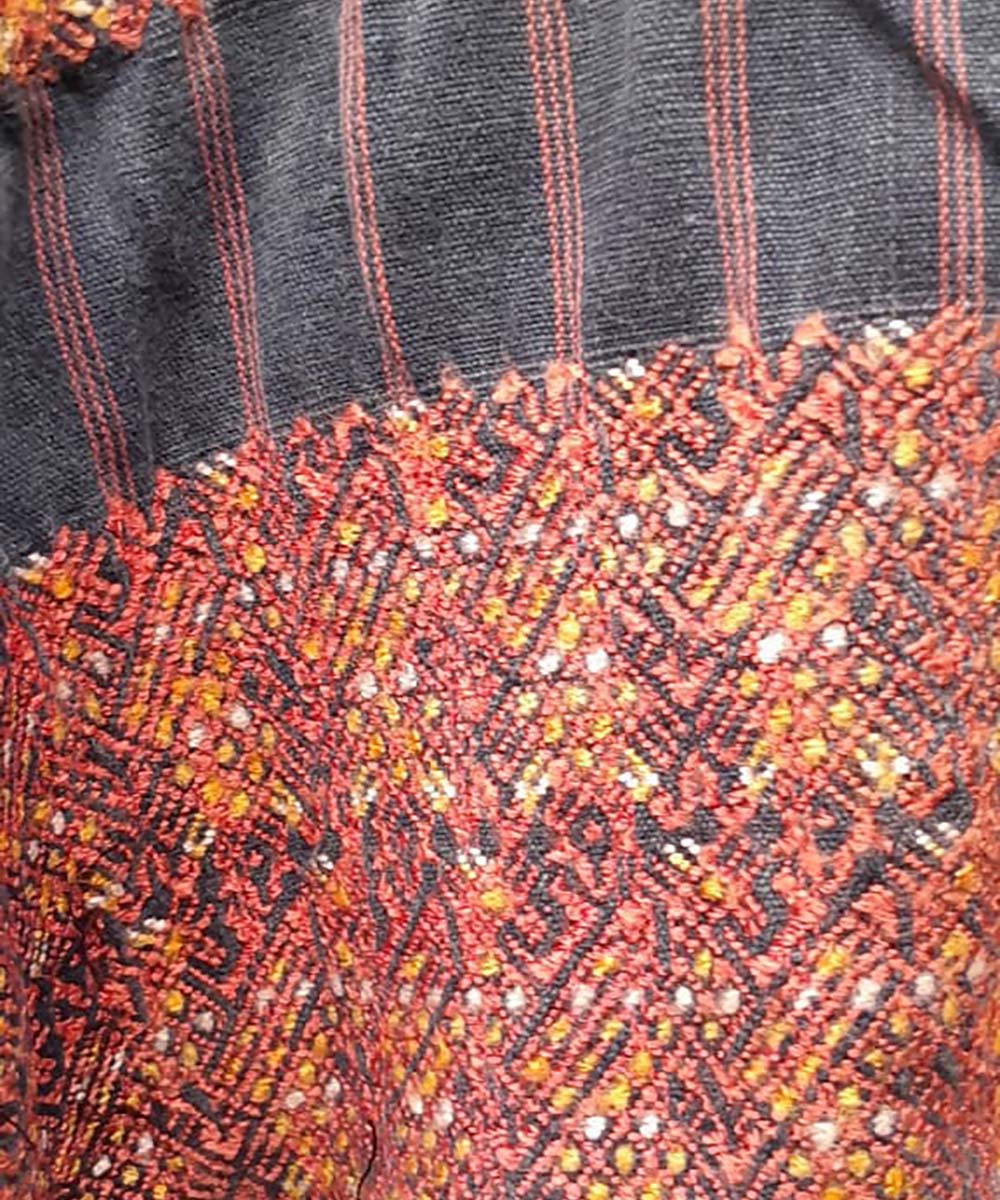
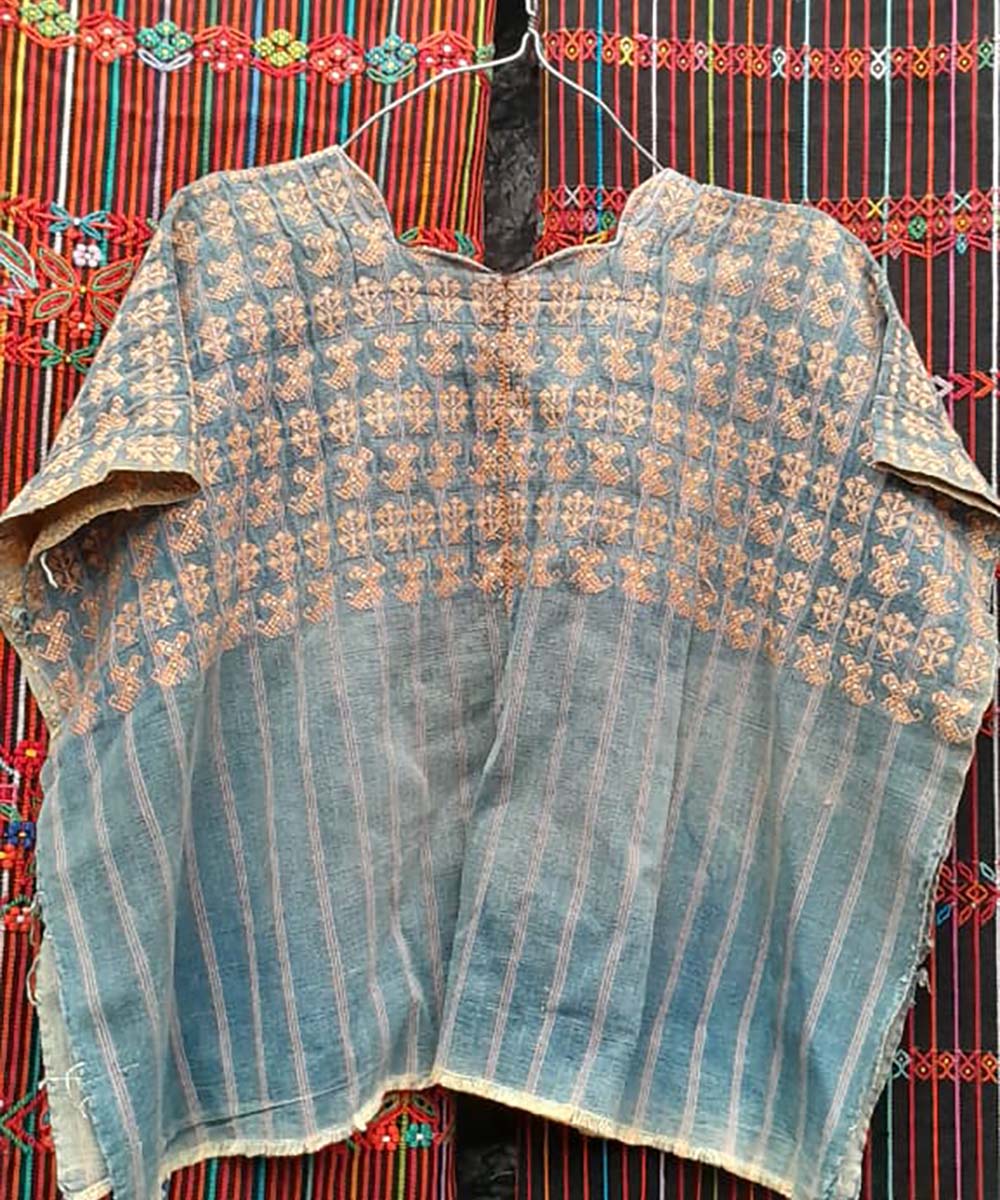
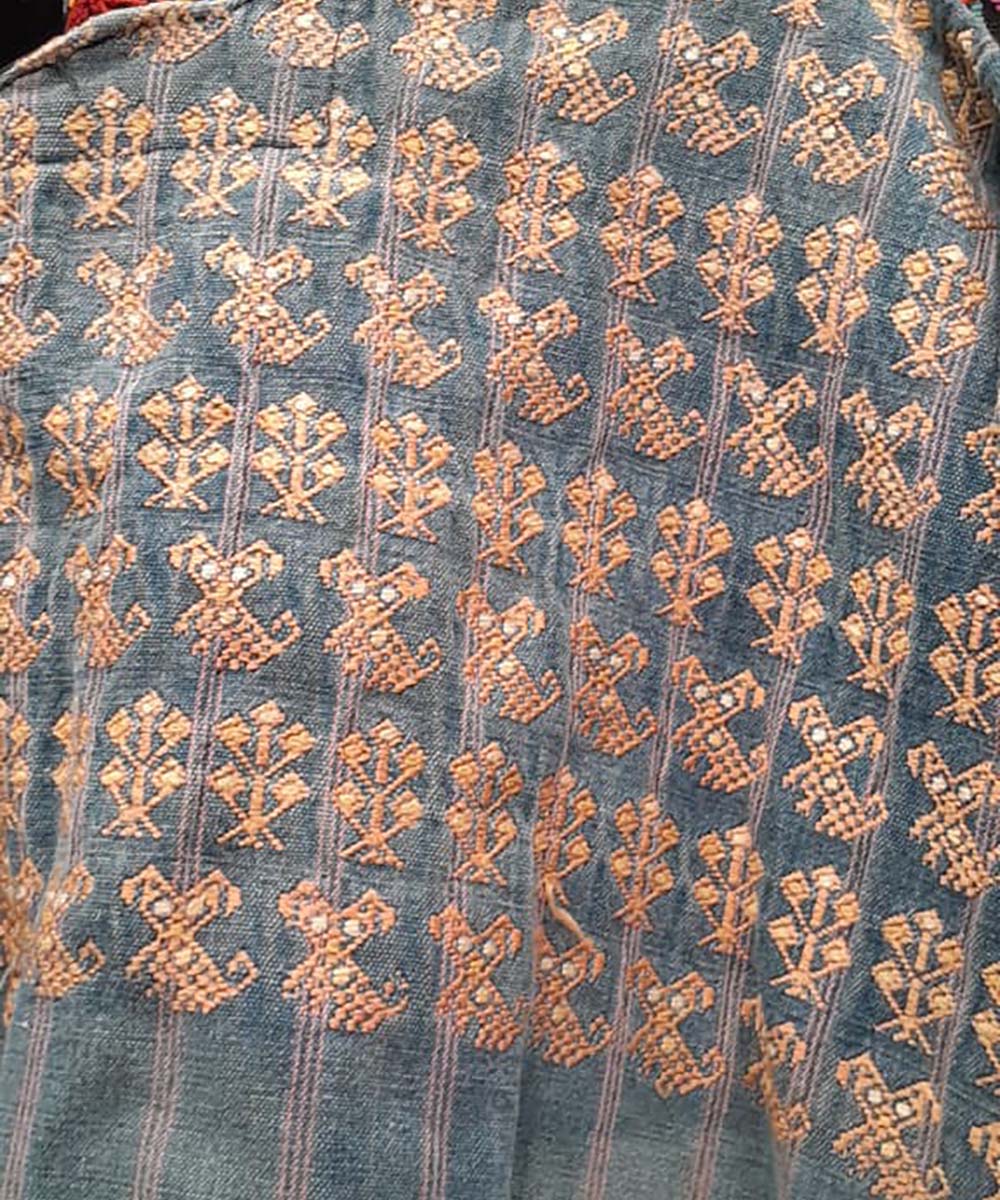
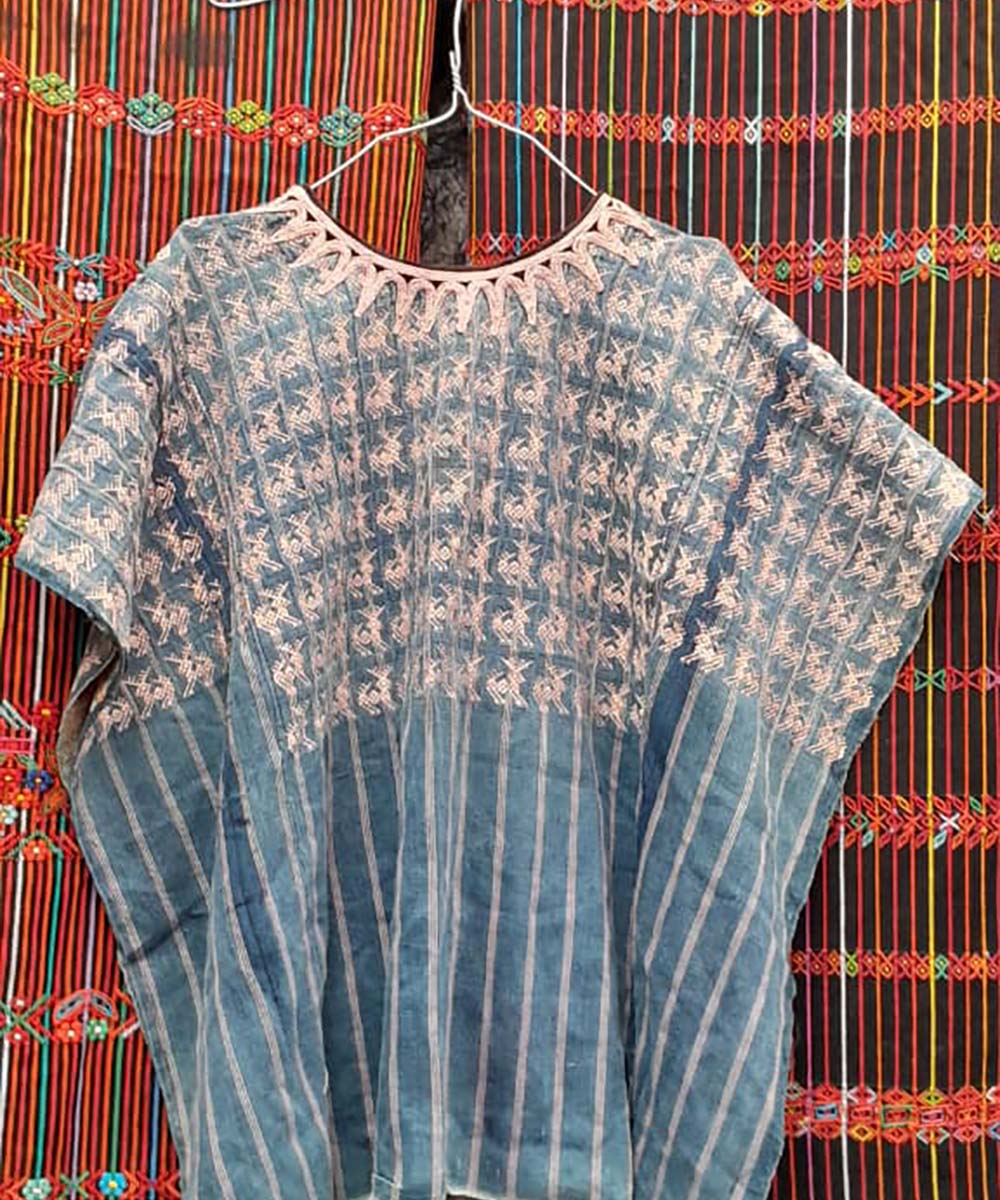
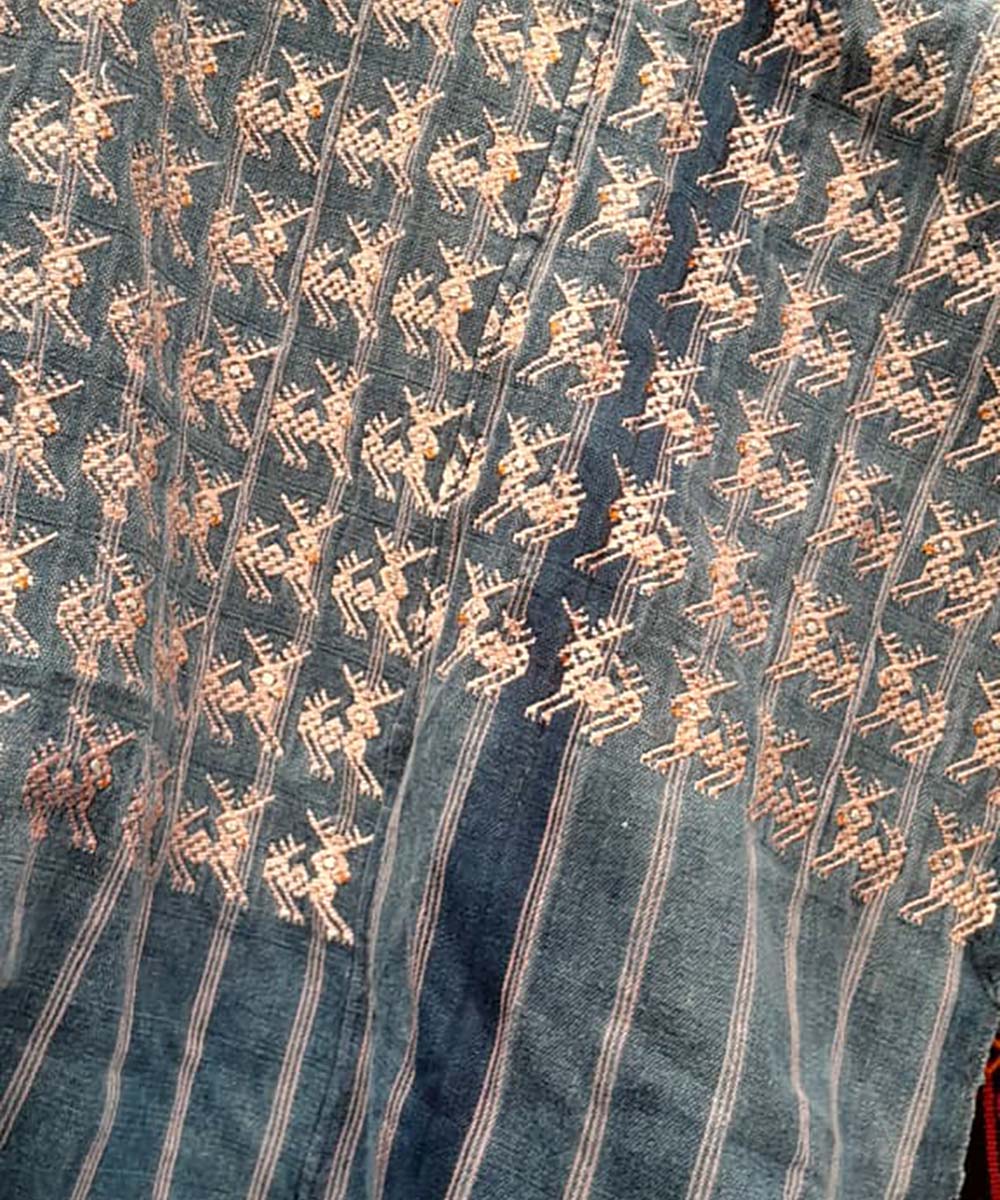
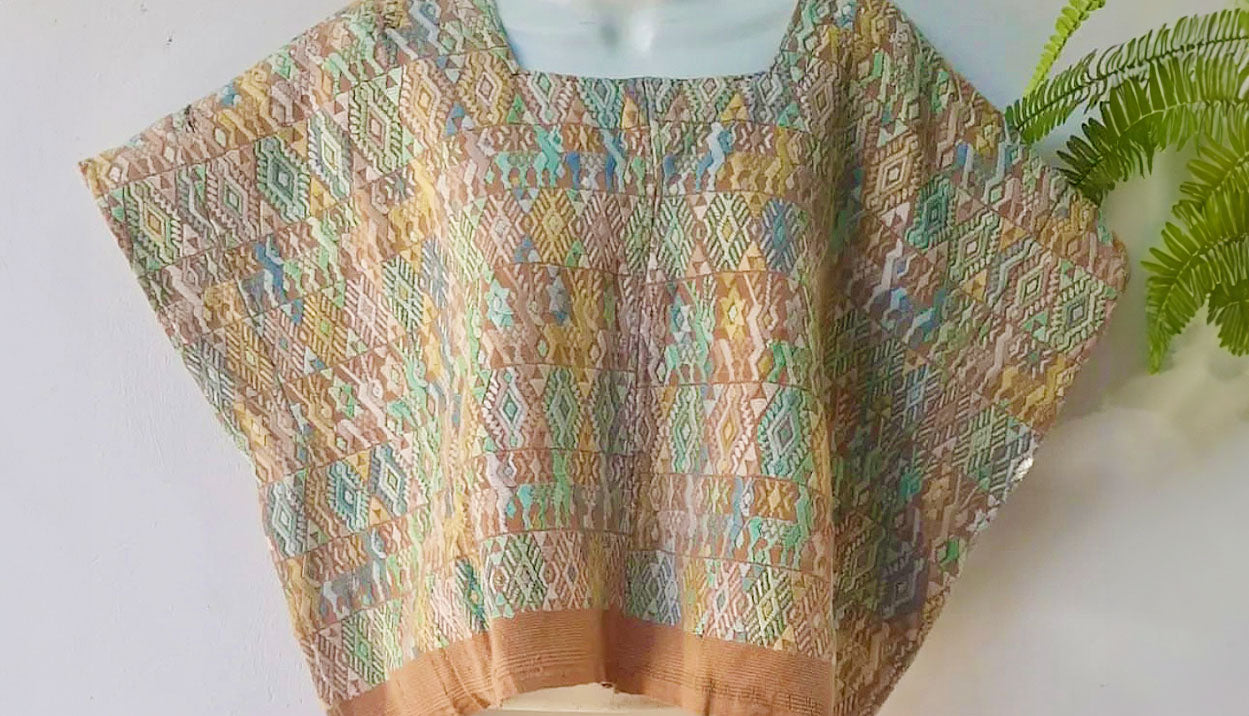
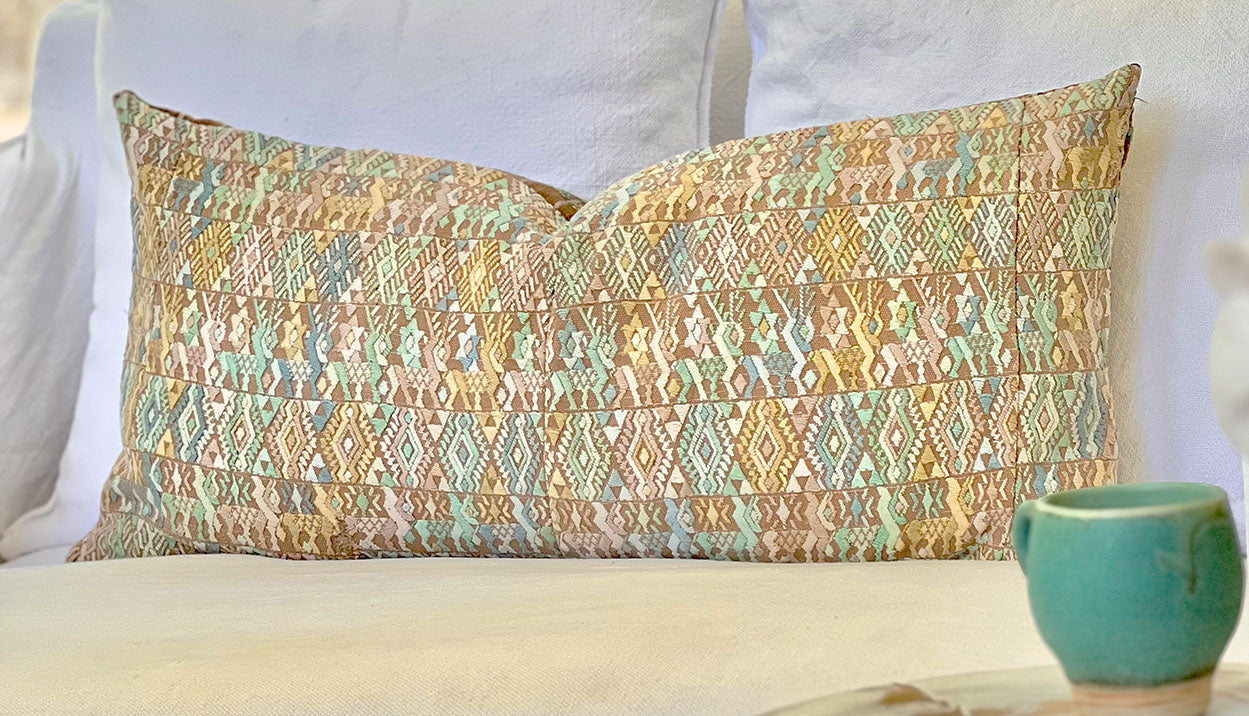
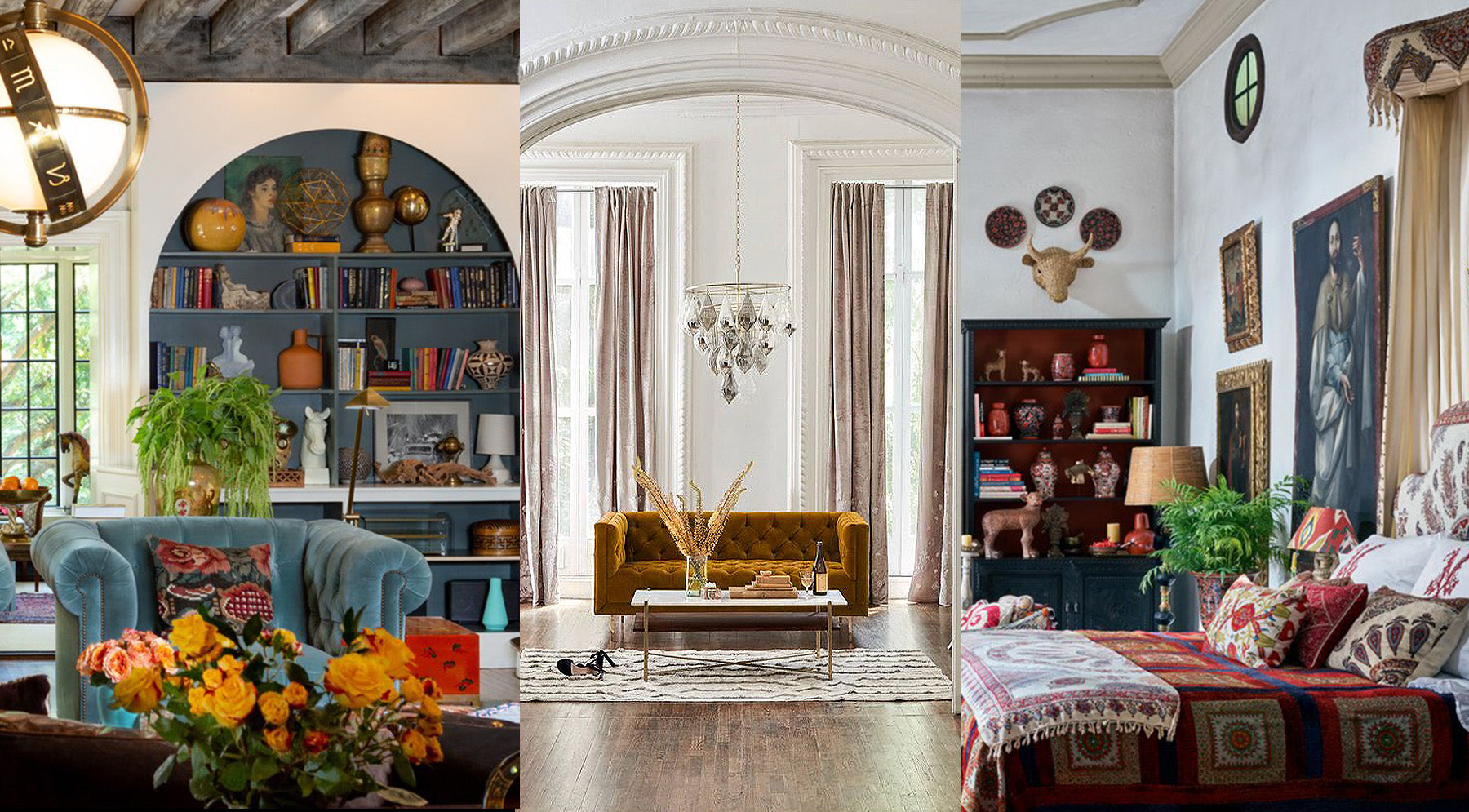
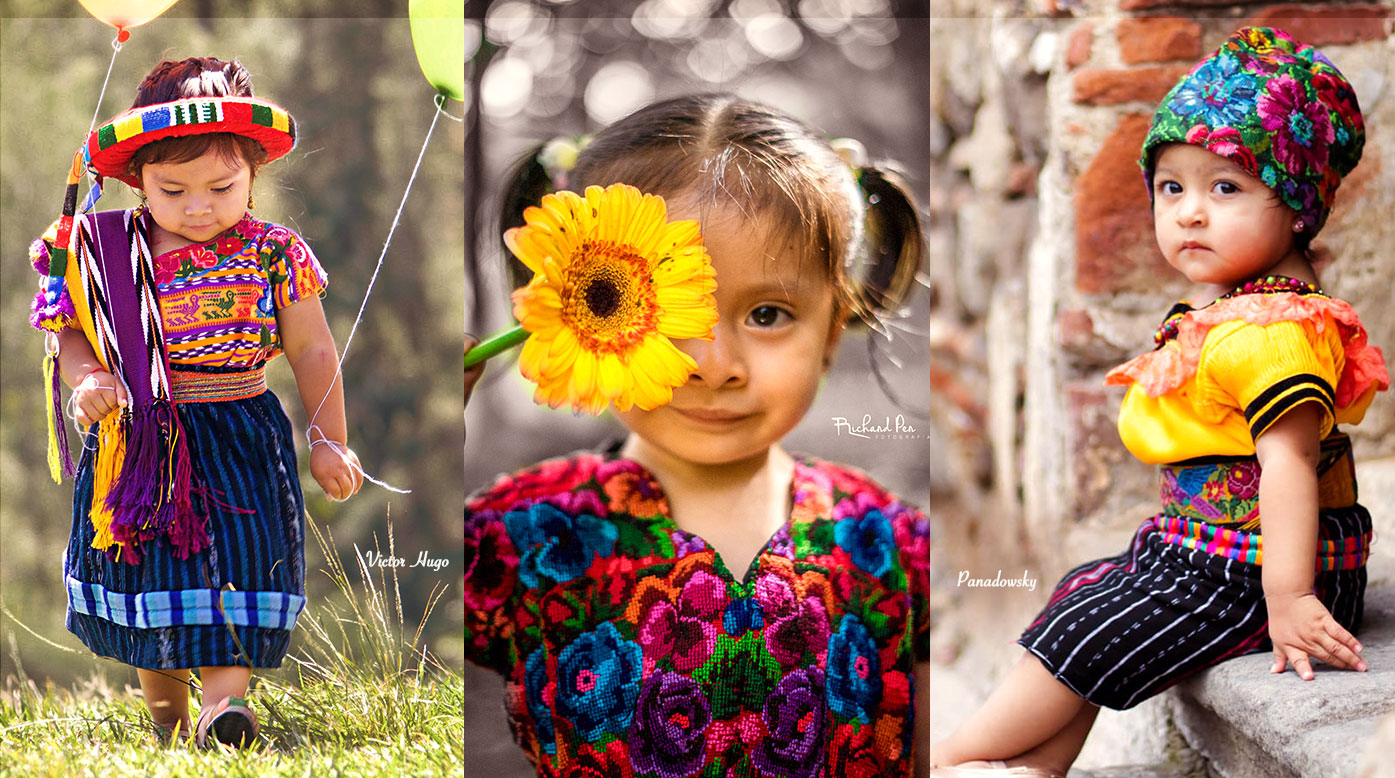
5 comments
Hi I will be going to Guatamala in a few weeks…. where is the best place …market…. to find the pastel colors 😍
Candace
Thanks so much Robyn, I’m so happy I was able to provide inspiration. The huipiles really are heirloom pieces and having them on display gives a home so much character.
Willow
My husband and I lived in Antigua for a year with our 2 teenage boys in 2007-08. We took Spanish lessons and traveled around Guatemala. I bought several huipels and other textiles and really enjoy looking at your site for decorating ideas!
Robyn Provencio
I loved this! I look forward to reading Parts 2 & 3. Thanks for sharing your expertise, Anne
Anne Damon
So wonderful and informative… and the textile are glorious
AnneMarierobinson
Leave a comment
This site is protected by hCaptcha and the hCaptcha Privacy Policy and Terms of Service apply.